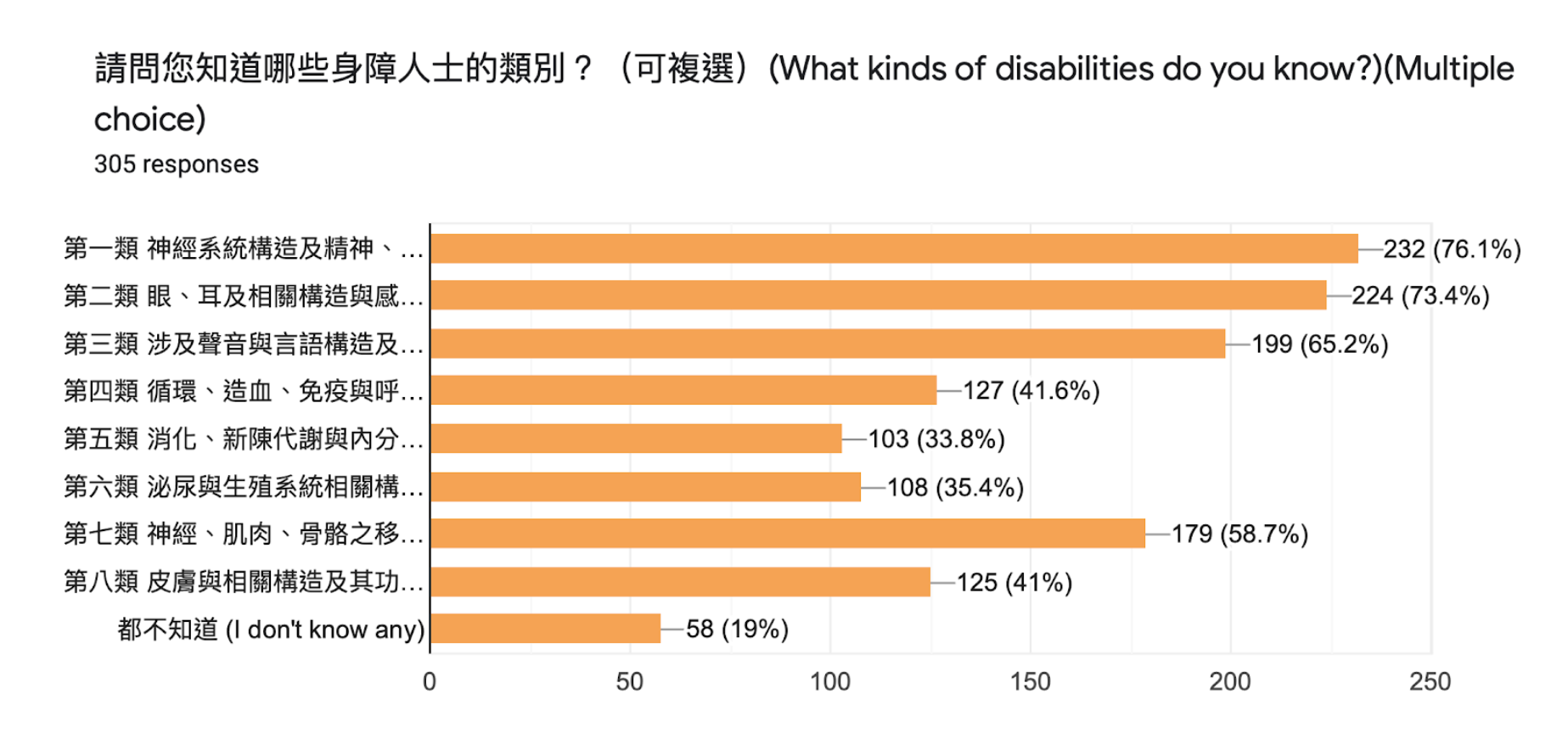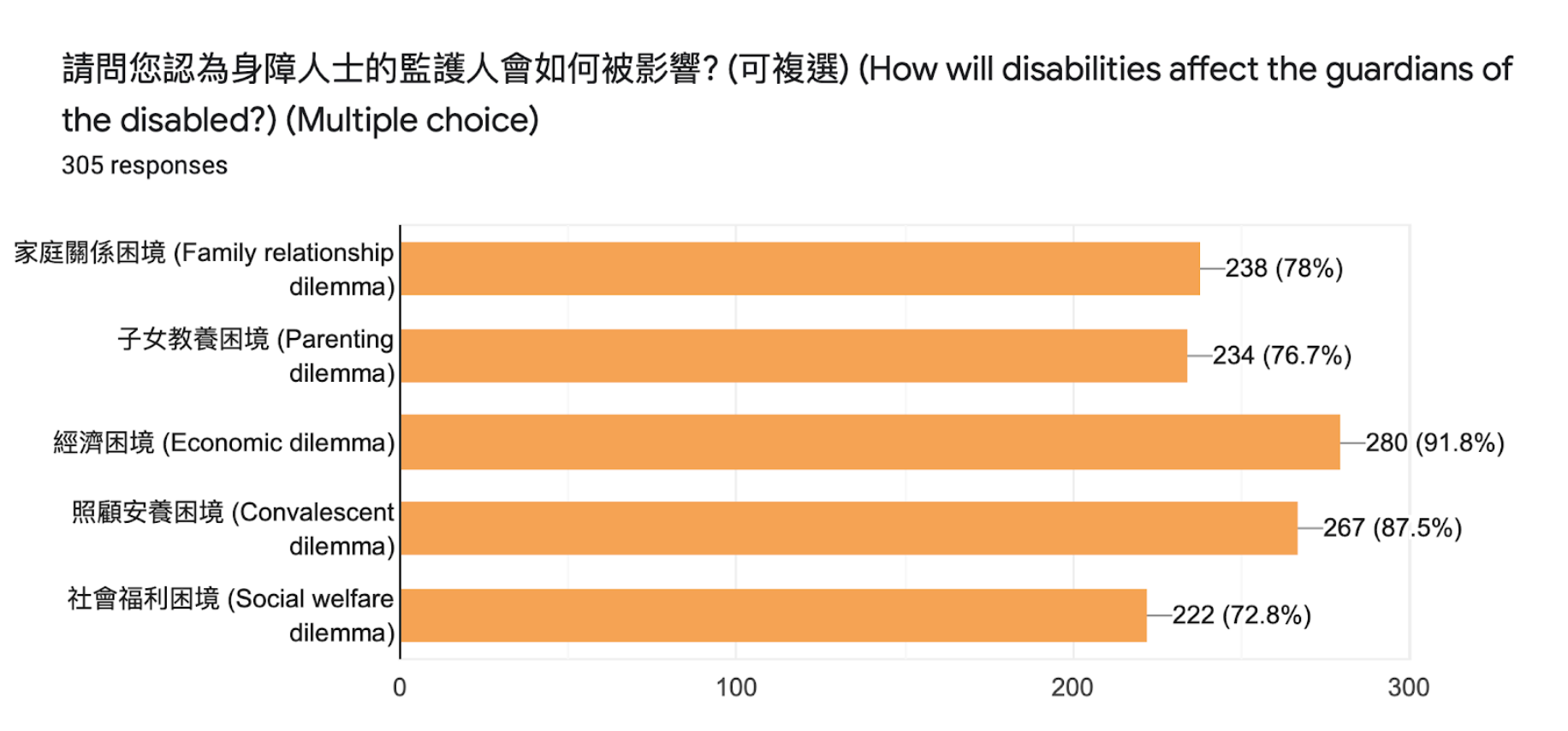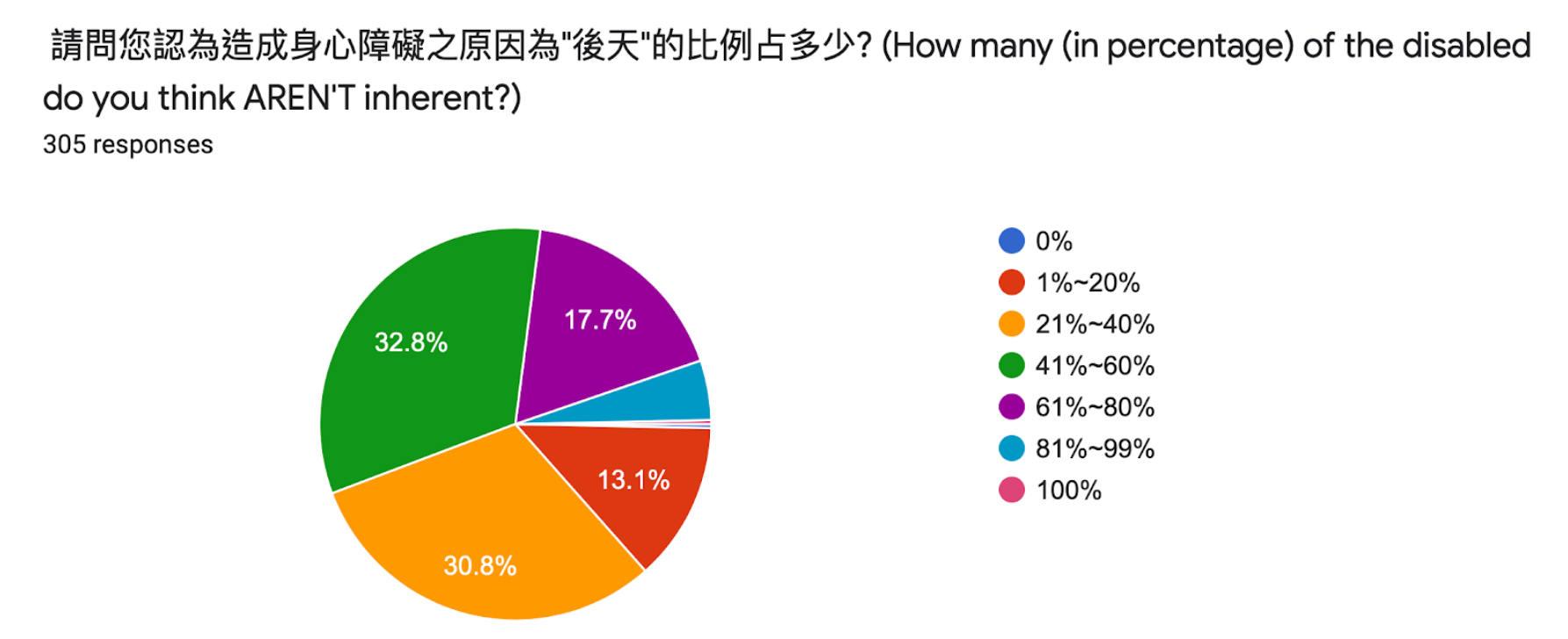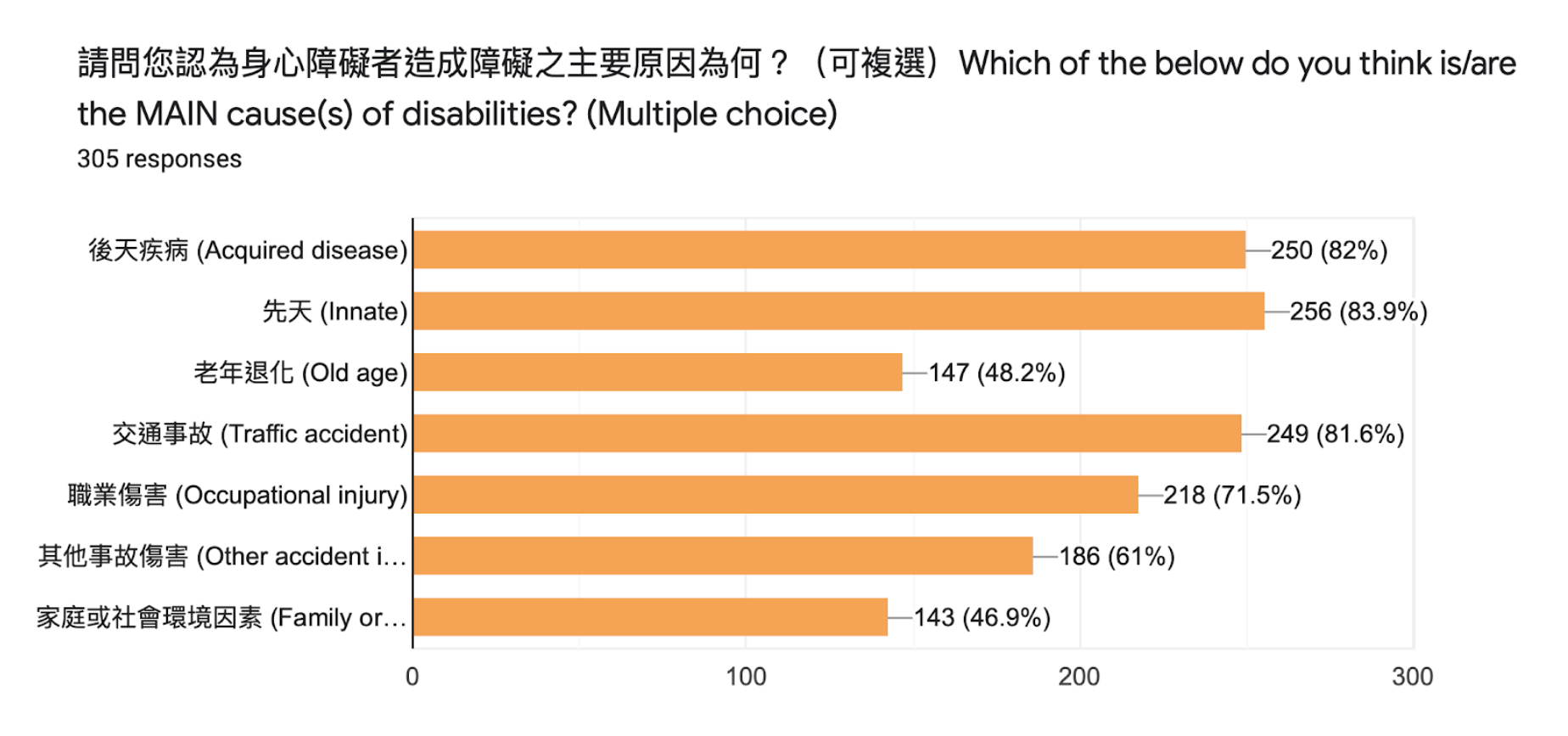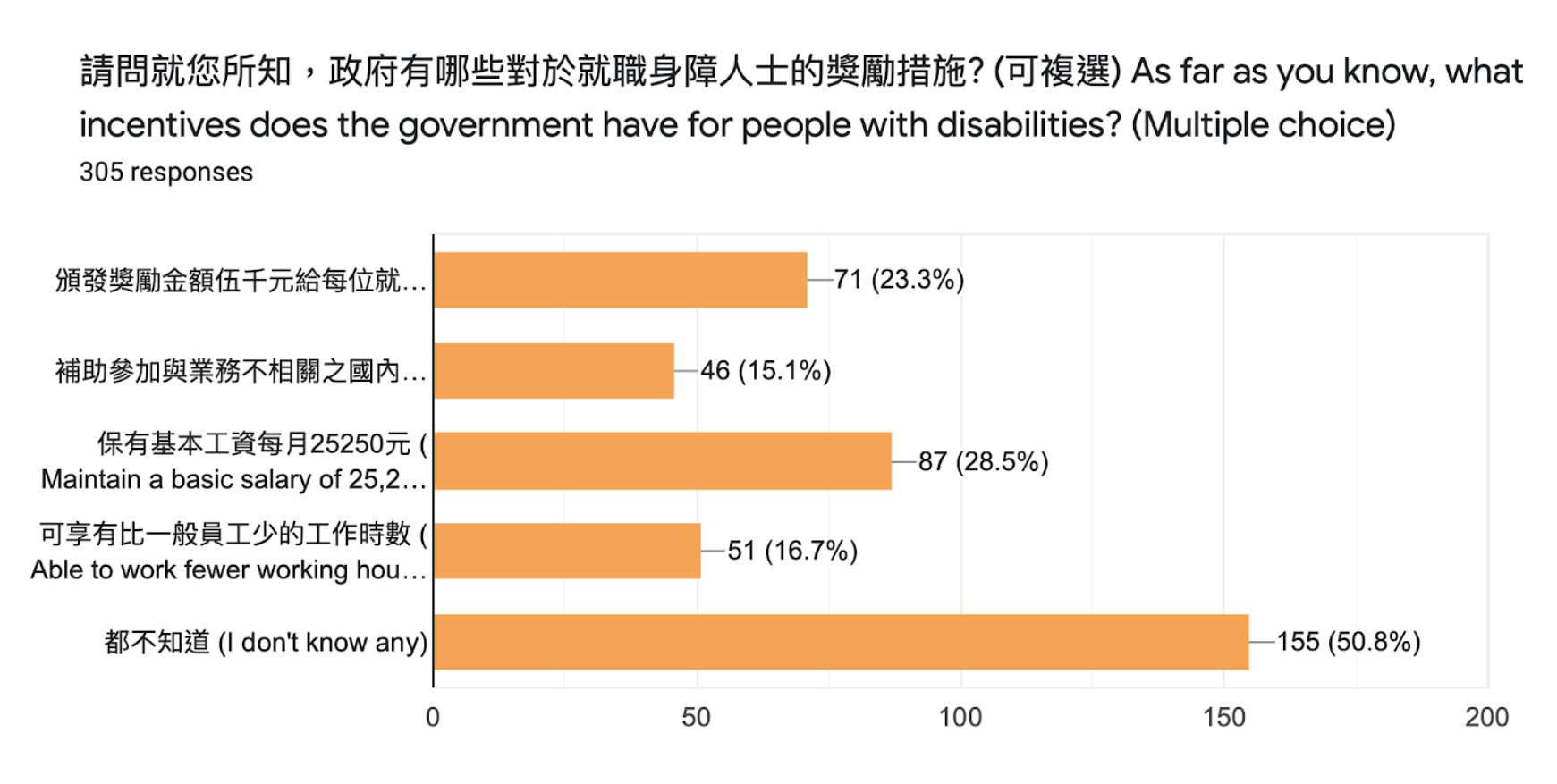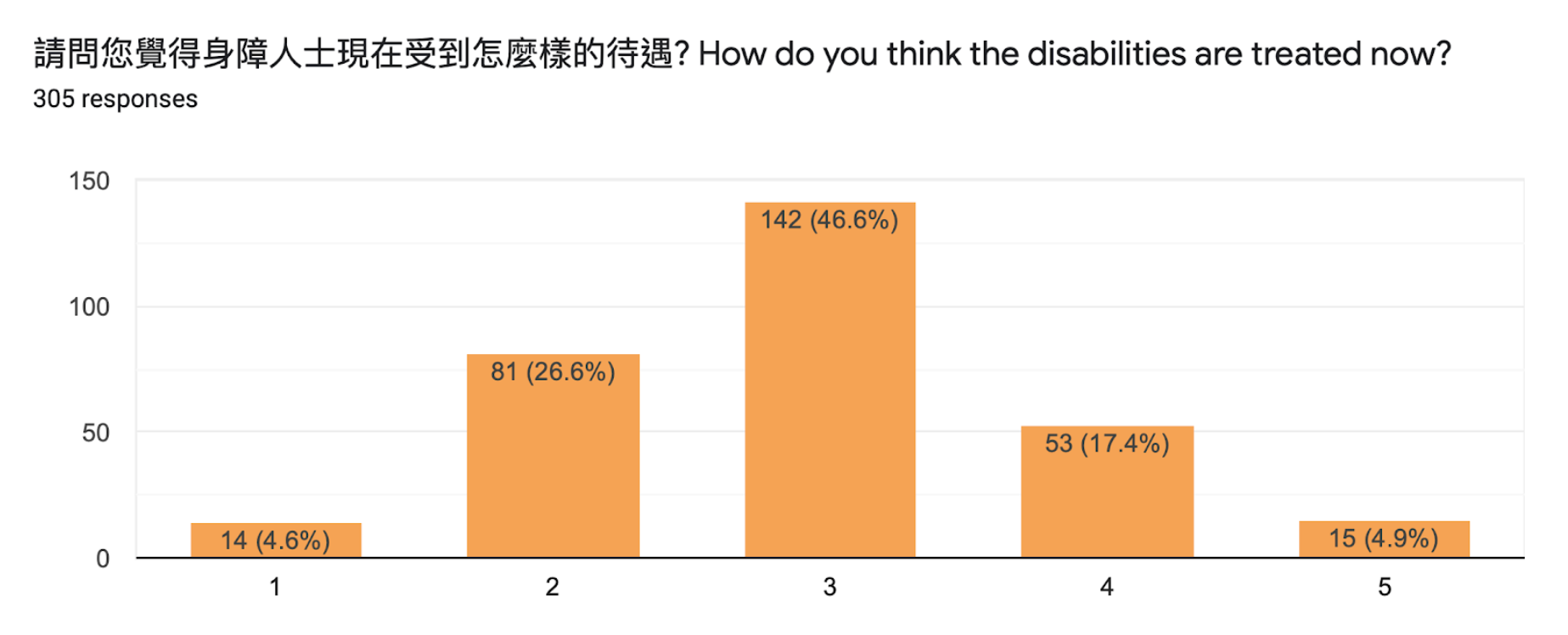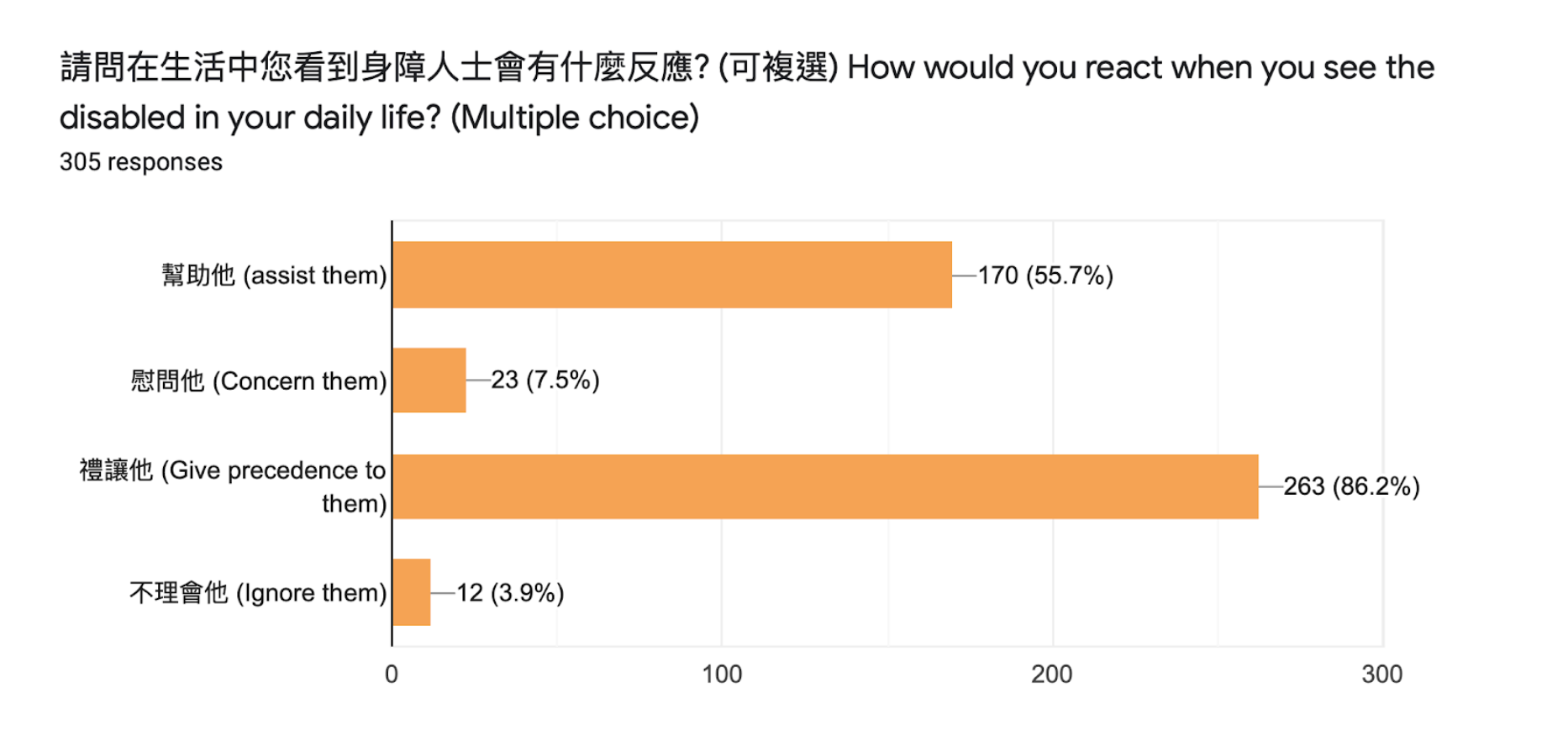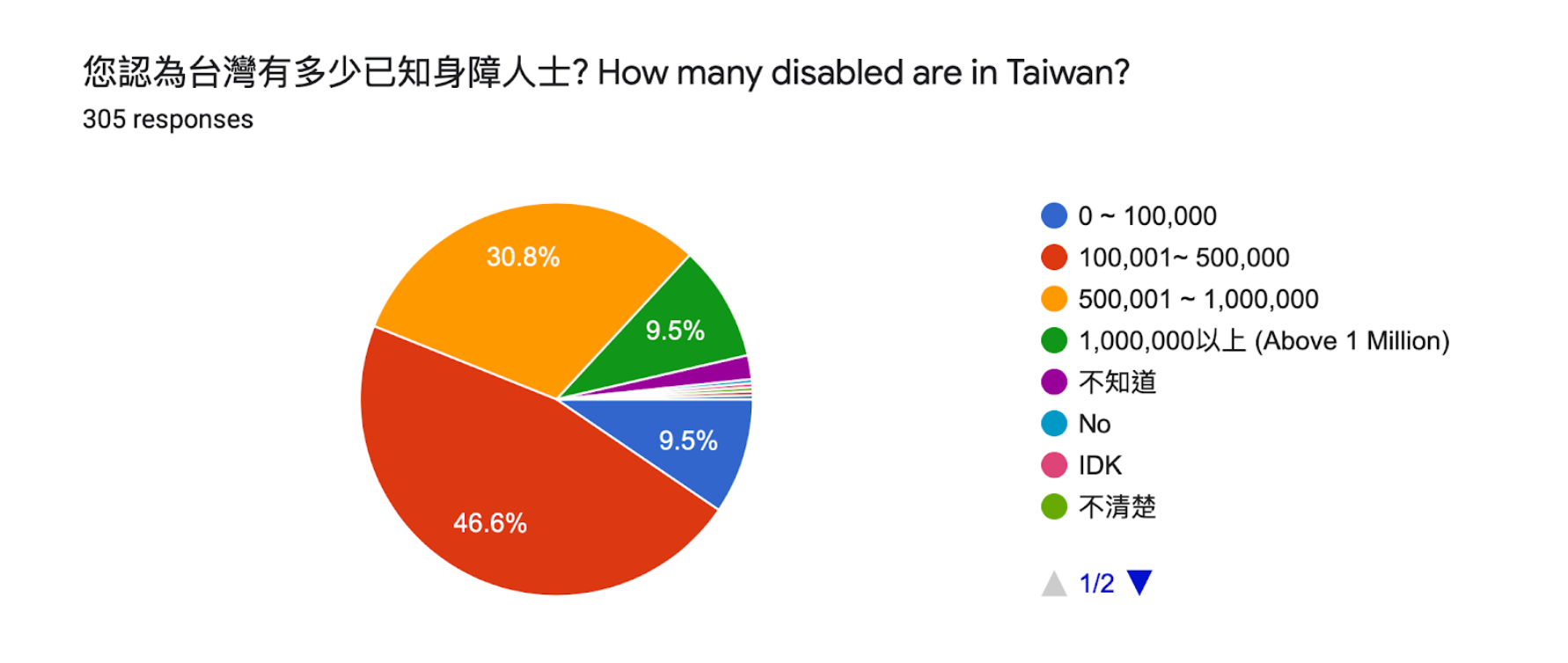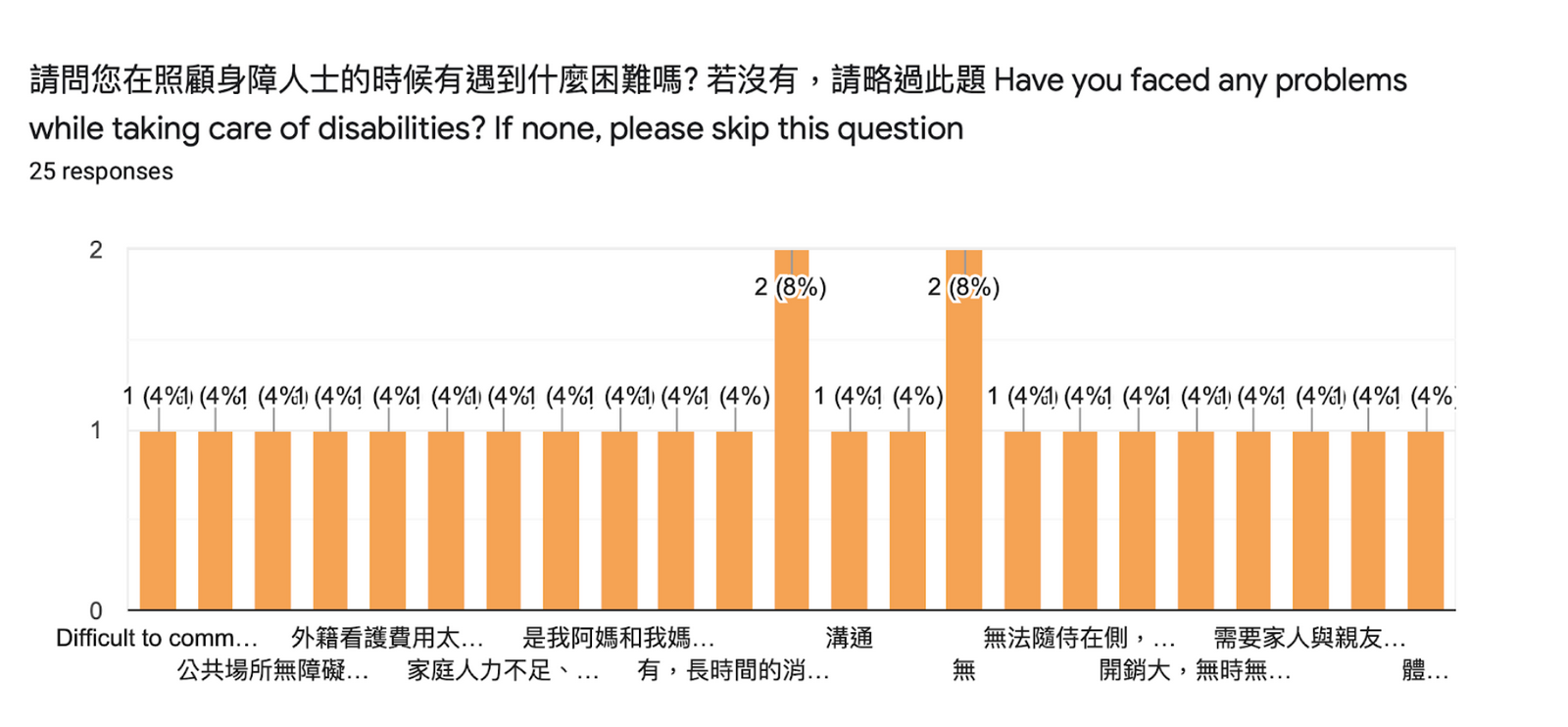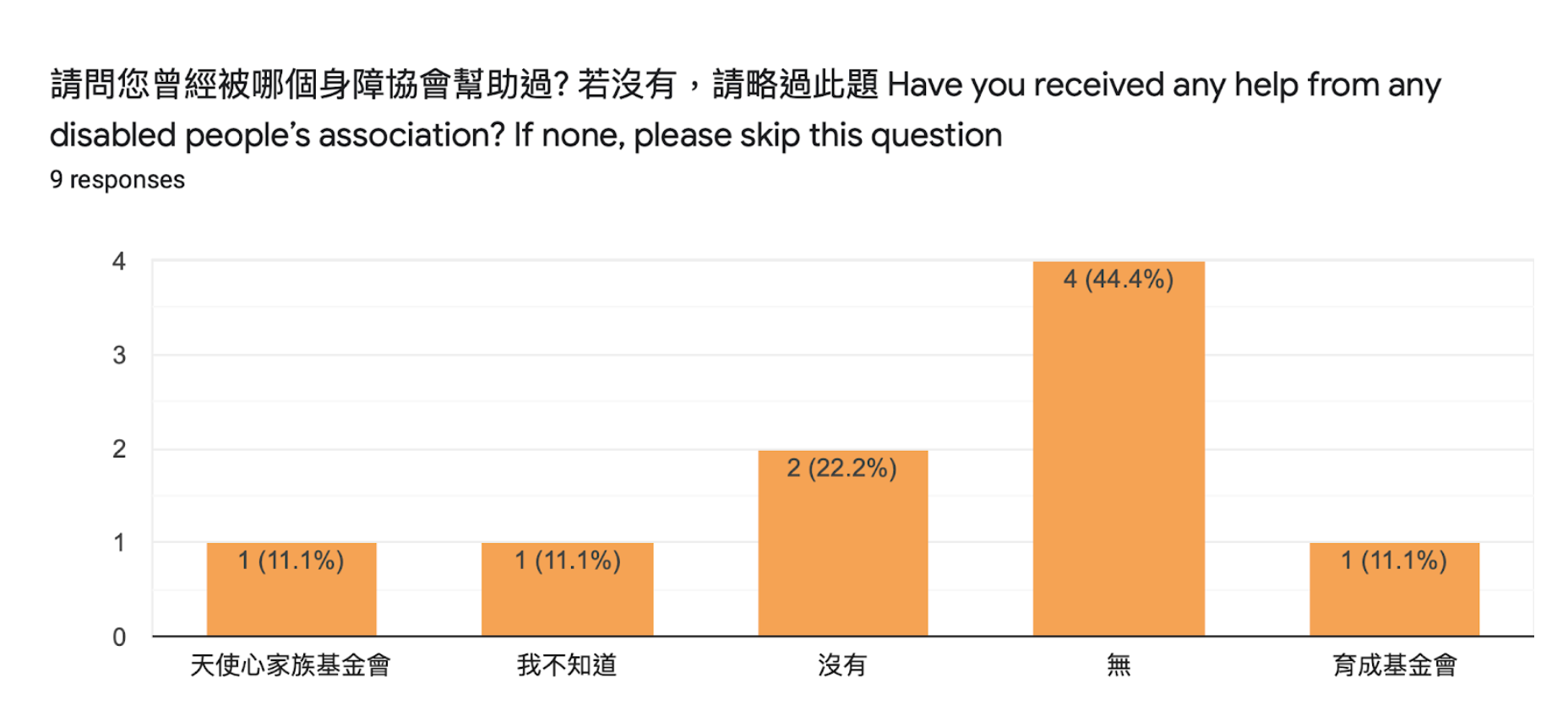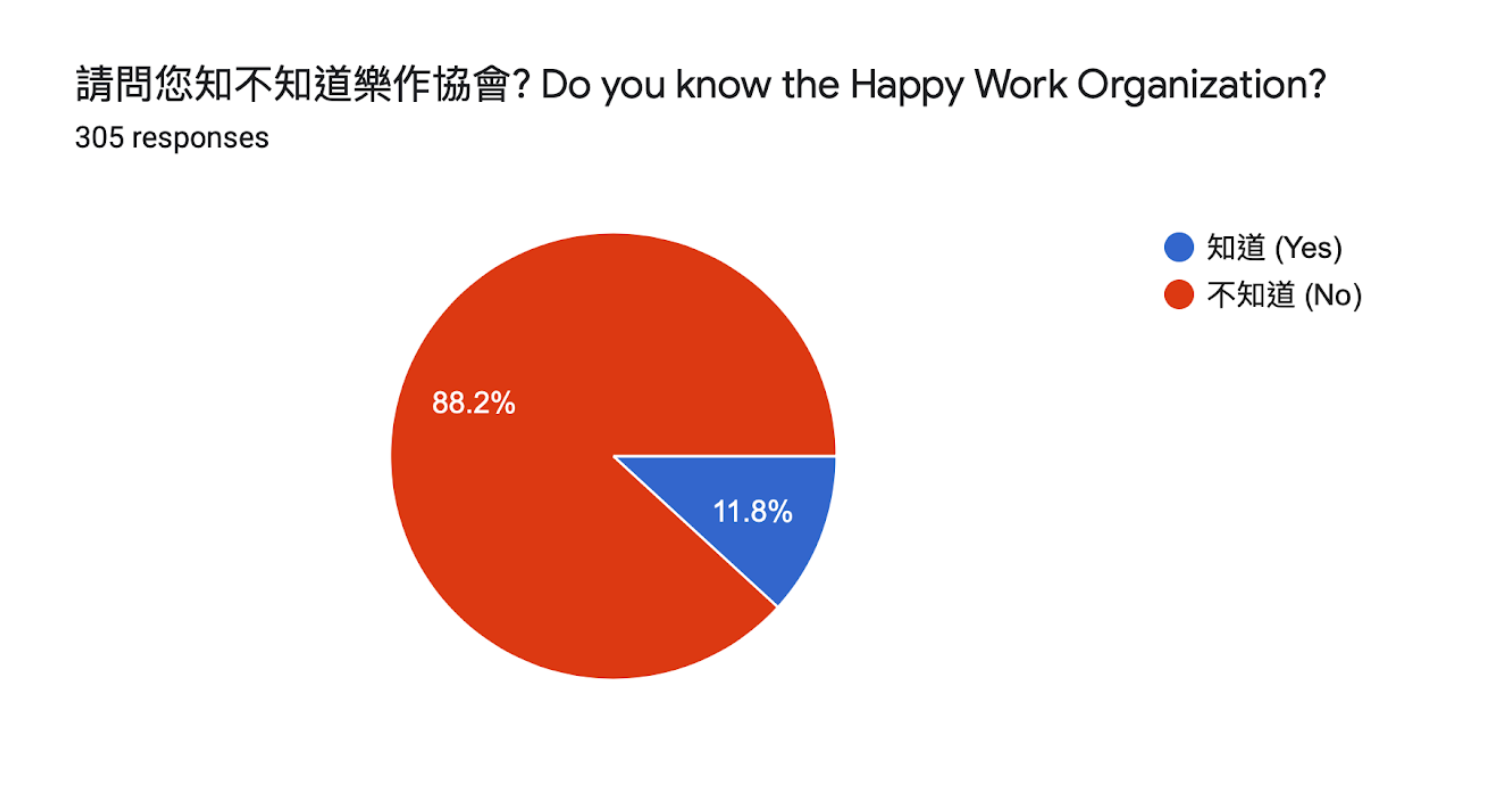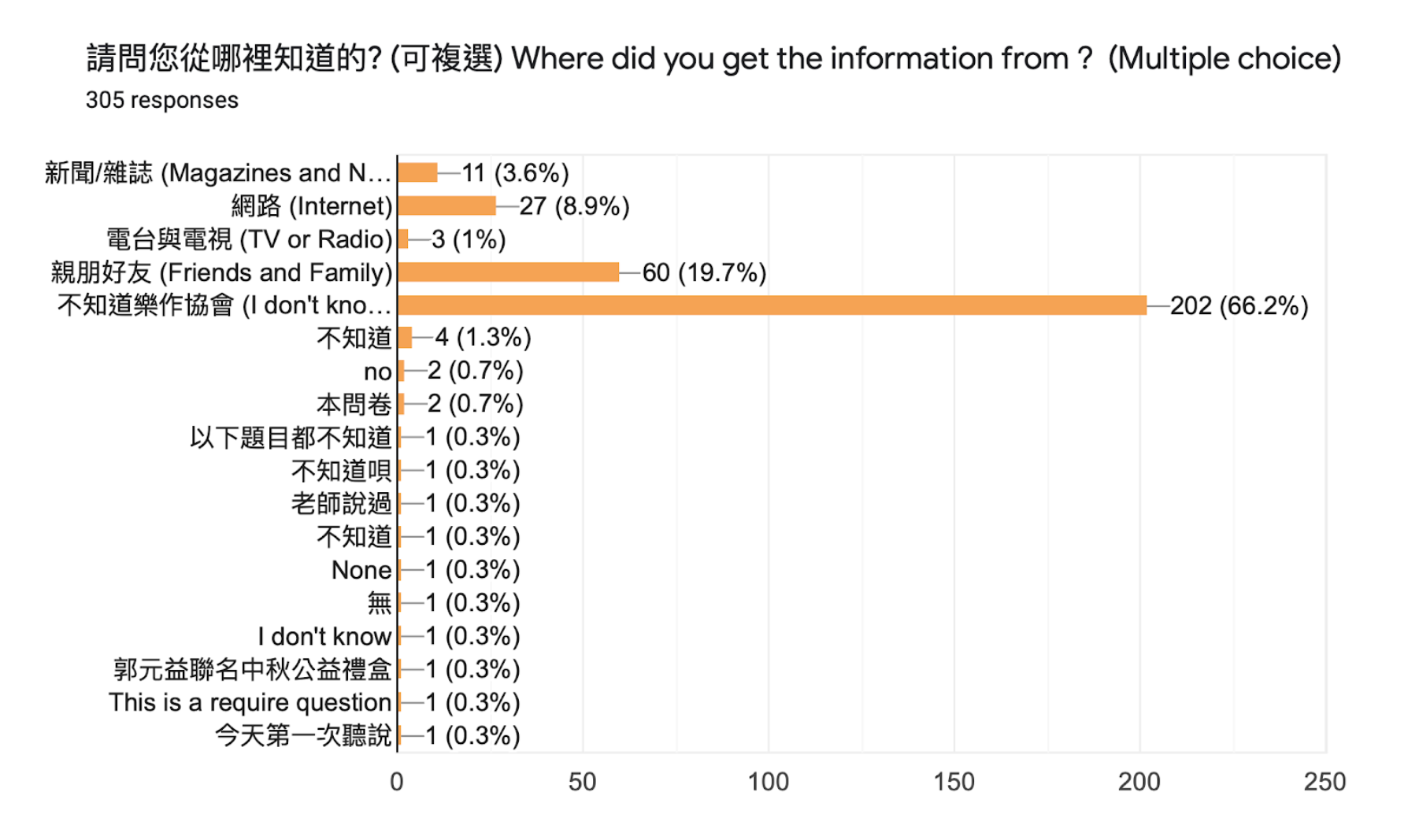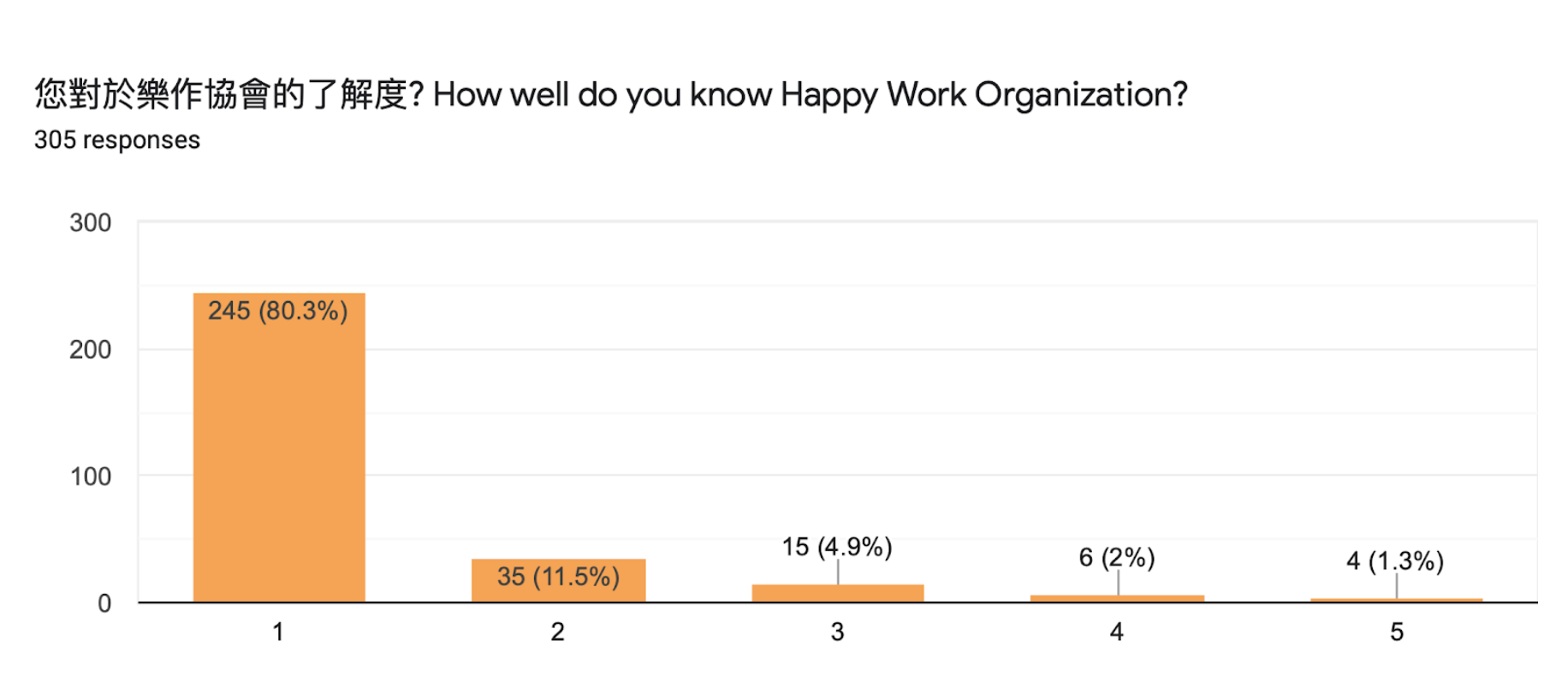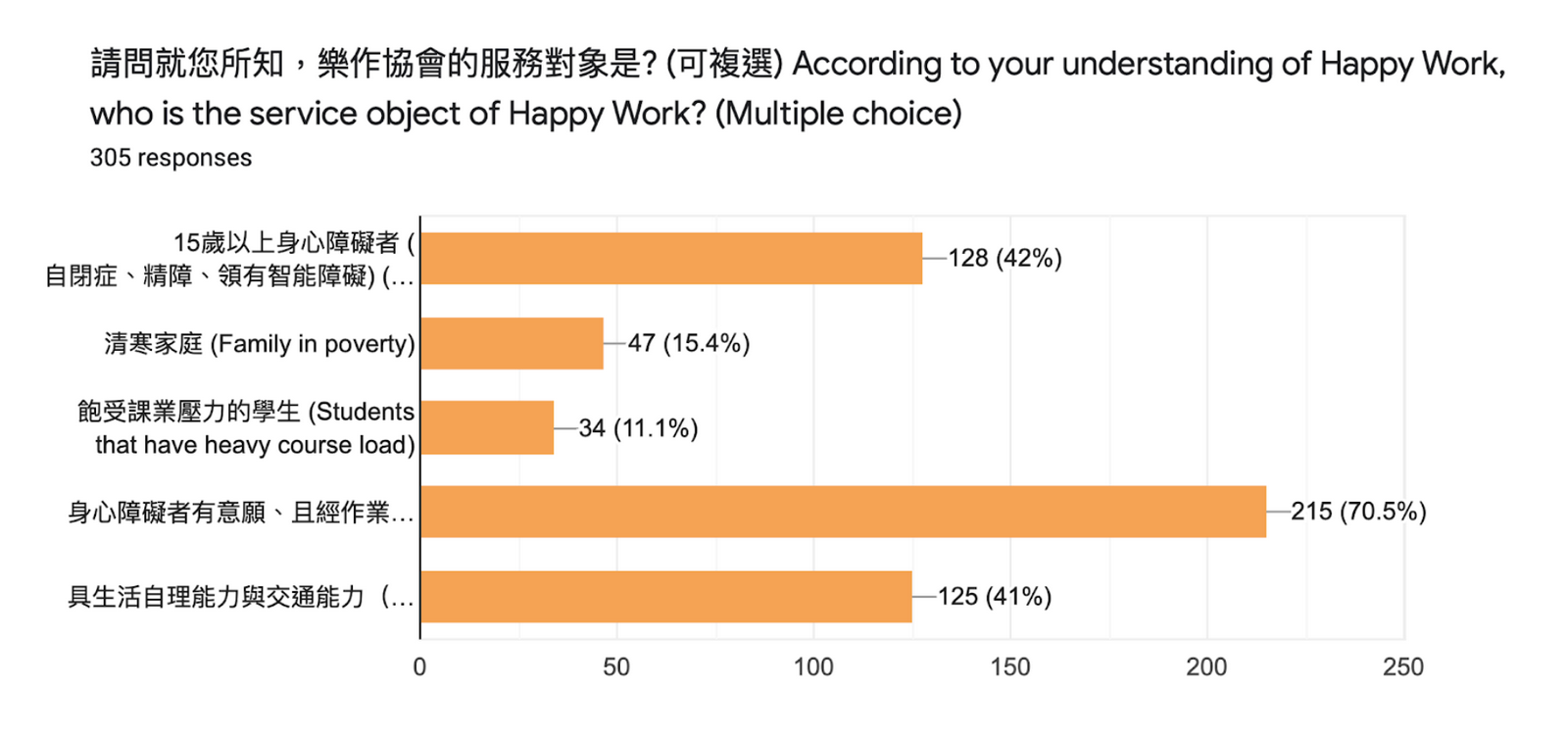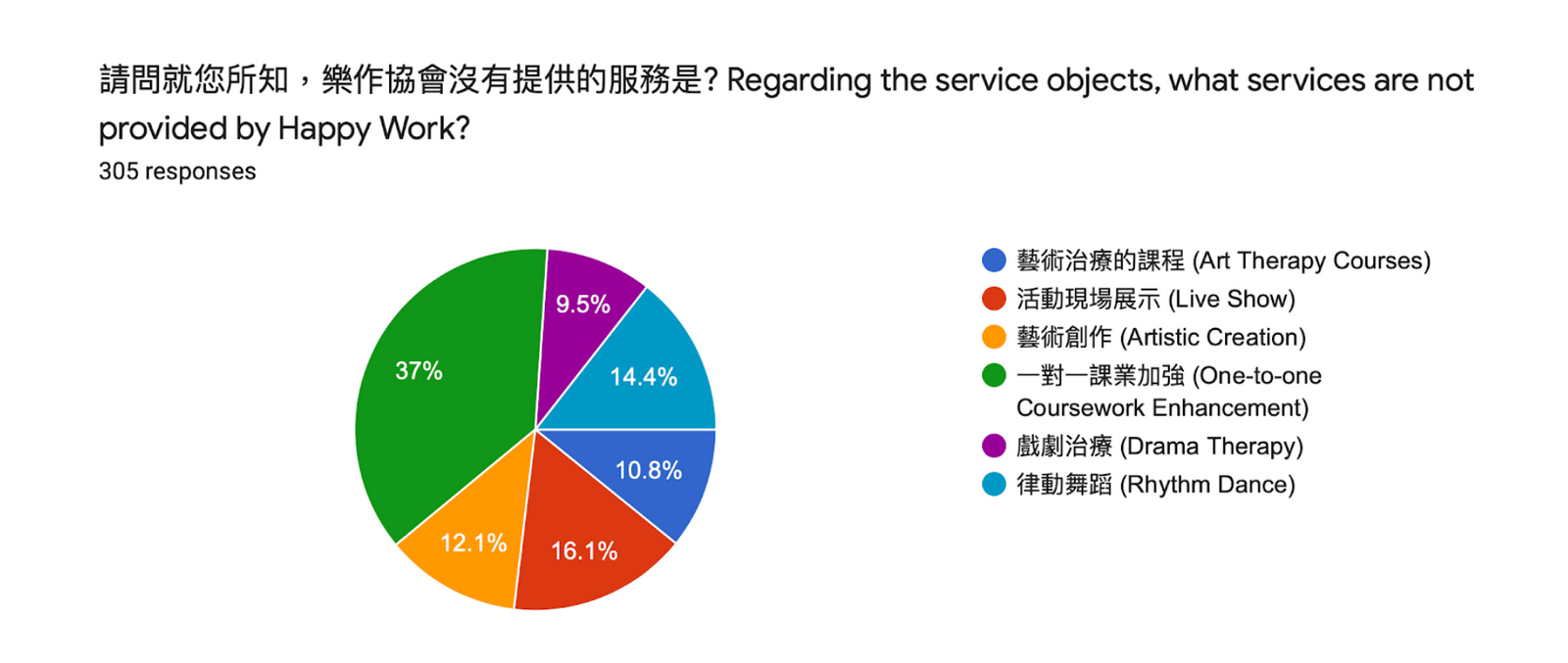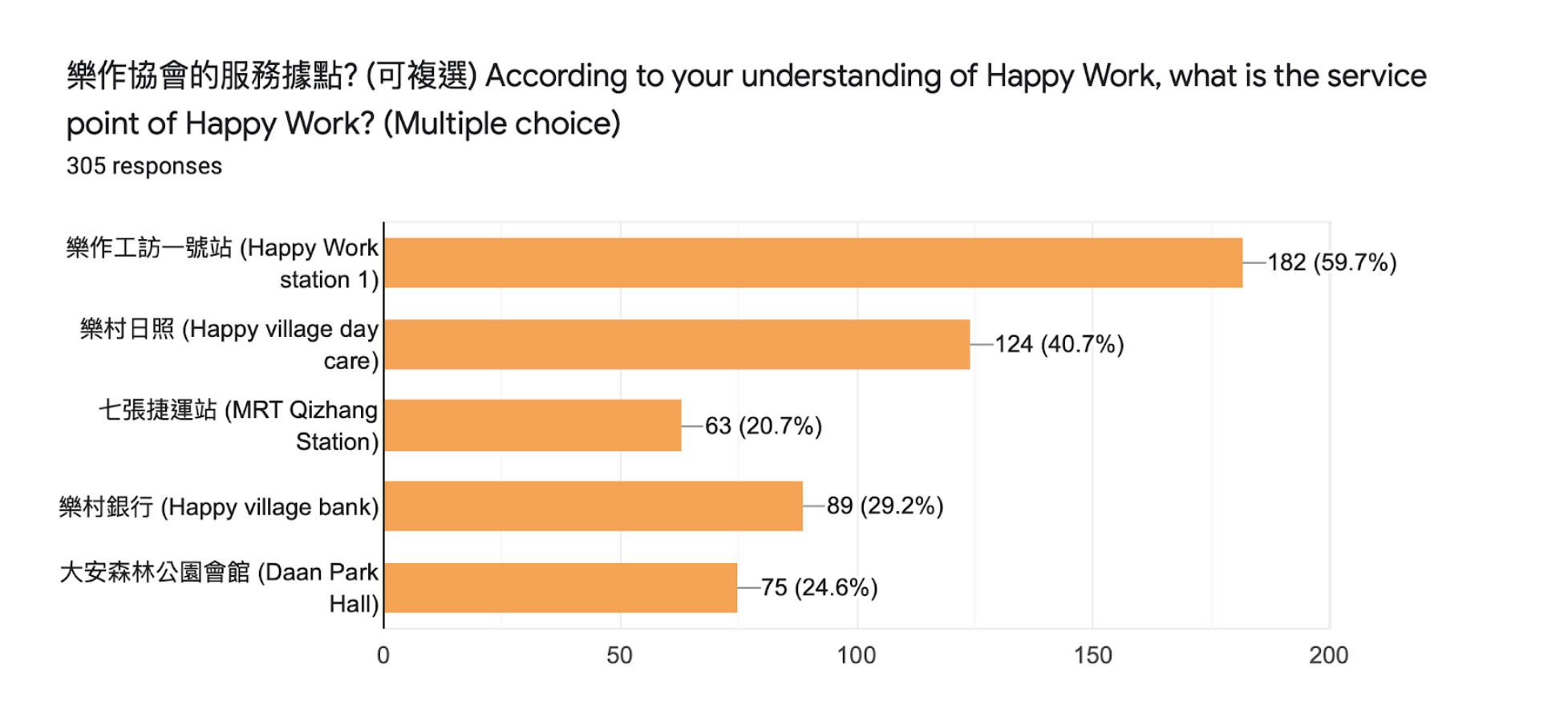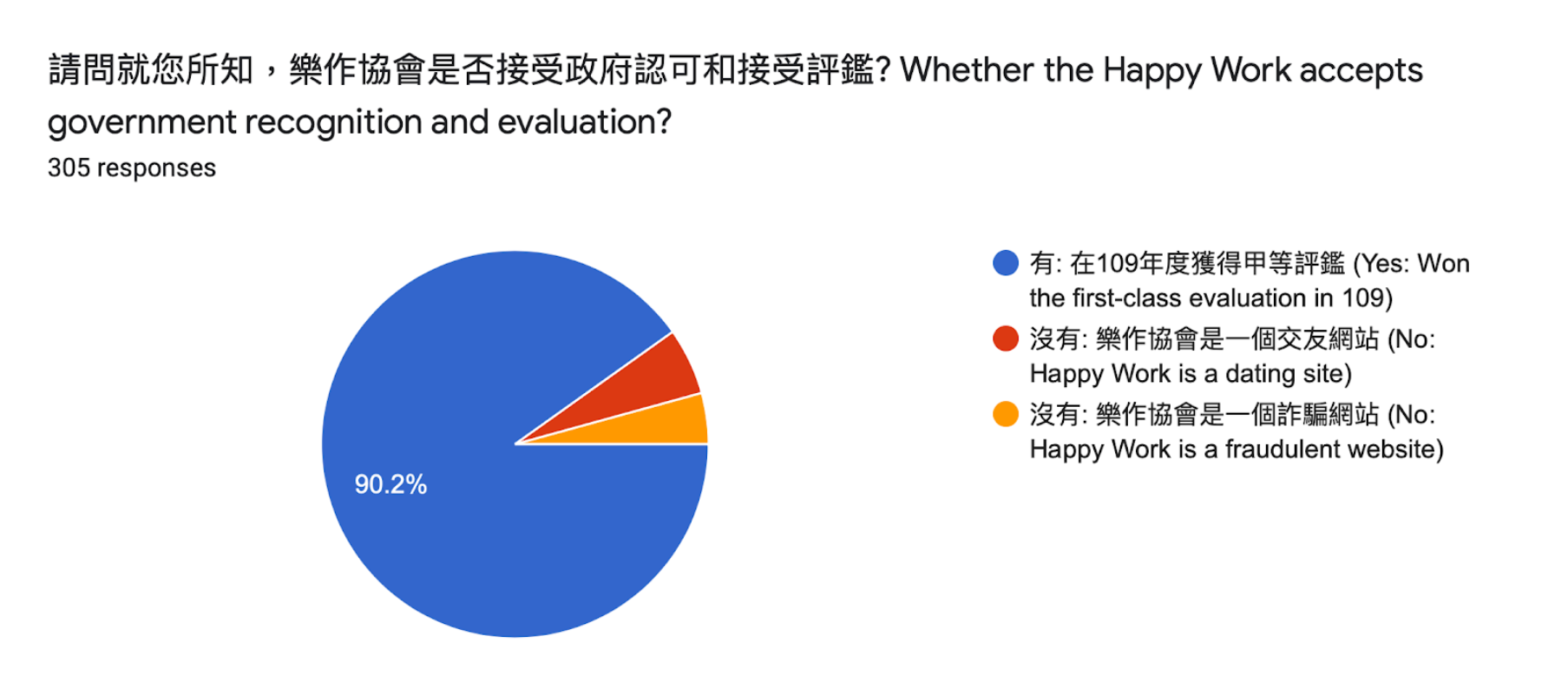Your Knowledge about the Disabled
Diagram 1: made by our team

According to the respondents, about 250 of them believe the correct definition of the diabled is: the functions of several types of body systems listed in the regulations “have damage or insufficiency leading to significant deviation or loss, affecting their activities and participation in social life”; while about 268 people (some overlapping with the first choice) believe that disabled means those who have obtained a certificate of disability after being appraised and assessed by a professional team. On the other hand, about 213 respondents believe illnesses that require medical treatment and care due to abnormal mental states such as thinking, emotion, perception, and cognition, until the function of adapting to life is impaired; the scope includes mental illness, psychosis, alcohol addiction, drug addiction is the correct definition for the disabled. Instead of being the correct definition for the diabled, the third choice is the correct definition for the mentally ill, which is not a correct answer to this question. Since then, we can conclude that the majority understand the correct definition for the disabled. But since this is a multiple choice, about 70% of the respondents have misunderstand the definition of the mentally ill with the disabled.




